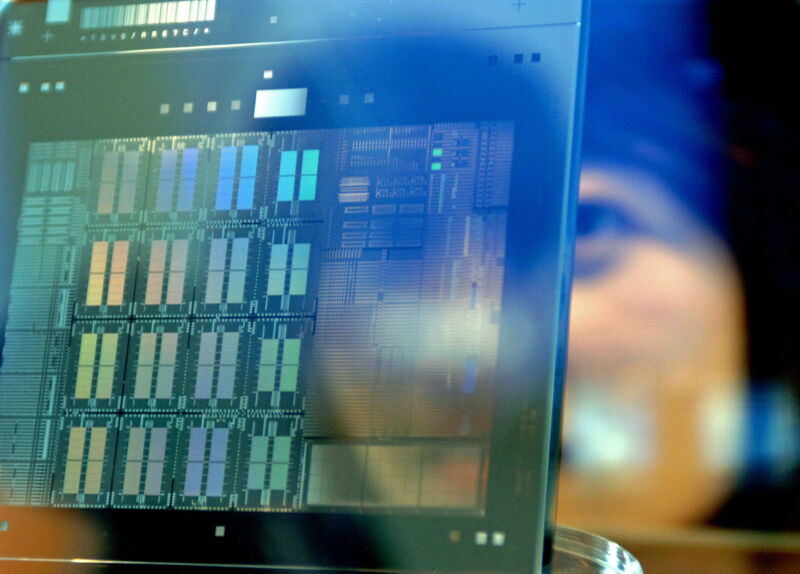
United Microelectronics Corporation (UMC), the world’s fourth-largest contract chipmaker, is expanding its capacity to produce mature technology chips in exchange for financial guarantees, in response to the shortage gripping the global semiconductor supply chain.
UMC said it would add capacity for manufacturing 20,000 wafers a month at 28 nm, one of the process technology nodes worst-hit by the global chip shortage, at an existing fabrication plant, or “fab,” in Tainan.
The investment will drive up the company’s capital spending for this year by 53 percent to $2.3 billion, but it is made under a deal that commits several of UMC’s largest customers to pay deposits upfront and guarantee certain orders at a fixed price.
The deal is highly unusual for contract chipmakers. The flexibility to allocate capacity to orders from different customers has long been a cornerstone of their profitability.
But that model has come under fire as first automakers and now a growing range of other sectors have been unable to secure enough chips from foundries such as UMC and Taiwan Semiconductor Manufacturing Company (TSMC), the global industry leader.
UMC said the deal was an “innovative, win-win” arrangement. “This will strengthen our financial position to capture the market opportunity,” Jason Wang, UMC president, told investors.
TSMC said this month it would invest $100 billion in new capacity over three years. Intel recently announced a $20 billion investment program under which it wants to challenge TSMC in offering contract chipmaking services.
But the global chip shortage is expected to continue unabatedly. UMC said its capacity utilization rate was 100 percent in the first quarter and would remain there for the time being. The company expects average selling prices of its chips to rise 10 percent this year compared with 2020.
“There is a supply-demand imbalance in mature nodes,” said Liu Chi-tung, UMC chief financial officer. “We have seen lots of capacity expansion in advanced nodes, but companies have not addressed the mature nodes. There are lots of critical components on those nodes.”
SK Hynix, the world’s second-largest memory chipmaker, plans to bring forward some of its planned capital expenditure for next year to the second half of this year to meet surging chip demand.
The South Korean company said on Wednesday that demand was stronger than expected and forecast the imbalance in demand and supply to worsen in coming quarters. It expects D-Ram chip supplies to remain tight throughout the year and forecast a faster than expected recovery in demand and prices for Nand memory chips.
While the UMC deal is aimed at battling the shortage, it is expected to take at least two years to take shape, highlighting the depth of the constraints on the semiconductor supply chain.
Although the fab dedicated for the capacity expansion already exists, mass production is expected to start only in the second quarter 2023 because key tools are in short supply too. “We are working with our suppliers. There is a lead time for equipment,” Wang said.
© 2021 The Financial Times Ltd. All rights reserved Not to be redistributed, copied, or modified in any way.
reader comments
119